Article and photos: KHANH TRUNG
To support farmers in reducing the amount of seeds used effectively, the Ministry of Agriculture and Rural Development (MARD) has coordinated with the International Rice Research Institute (IRRI) and localities to strengthen information and communication activities, promote the application of precision seeding mechanization. Create conditions for farmers to access machines and organize demonstrations of precision seeding machines in the field so that farmers can witness firsthand, compare the performance and choose the right machine to apply to their production conditions.
Farmers watch a demonstration of precision sowing using machines at the Mekong Delta Rice Research Institute in Thoi Lai district, Can Tho city.
Reducing the amount of seed sown is the first important step and the "key" for the next technical solutions to be able to significantly reduce the use of fertilizers, pesticides and many input production costs. Because sowing rice at too high a density not only wastes seeds but also contributes to increasing costs and creating many risks in the production process. In particular, rice fields that are sown too high have limited space for growth, are prone to falling and are attacked by many types of pests, and farmers spend a lot of money on fertilizers and pesticides. In recent years, with the support of international organizations and the active participation of the Ministry of Agriculture and Rural Development, localities, units, enterprises and related parties, the implementation of reducing the amount of seeds in rice cultivation in the Mekong Delta has achieved many positive results. In particular, since 2016, the Ministry of Agriculture and Rural Development has launched the "Program to reduce the amount of rice seeds sown in the Mekong Delta" in conjunction with strengthening coordination between localities and enterprises to support farmers in integrating many programs and projects to promote mechanization and apply technical packages "3 reductions, 3 increases" and "1 must, 5 reductions"... into production. Thereby, it has helped to significantly reduce the amount of seeds used and many input production costs, while increasing productivity, quality and rice prices.
Previously, farmers in the Mekong Delta used up to 200-250kg/ha of rice seeds, or even more, but now most farmers use 100-150kg/ha or less. Many farmers have reduced the amount of seeds to less than 100kg/ha thanks to the application of row seeding equipment, seed sprayers, row seeders, cluster seeders, transplanters and drones. In particular, precision seeding machines such as row seeders, cluster seeders, etc. have helped farmers proactively adjust the rice seeding density accurately and can reduce the amount of seeds used to 40-80kg/ha.
According to the assessment of specialized agencies under the Ministry of Agriculture and Rural Development and the Department of Agriculture in many localities in the Mekong Delta, through propaganda, technical training and support for people to implement seed reduction models, awareness and belief in seed reduction measures in rice production have changed. Since then, farmers have sown sparsely, using good seeds for high yield and quality rice. However, to sharply reduce the amount of seeds used to less than 100kg/ha, it seems that farmers in many places are still hesitant and encounter difficulties. Currently, many farmers still have the mentality of sowing densely to compensate for rice that is killed by birds, rats, golden apple snails and flooded in low-lying areas to save labor. Farmers also lack information and do not have many conditions to access machinery for precise sowing to proactively adjust the sowing density to effectively reduce seeds...
Faced with this reality, the Ministry of Agriculture and Rural Development and localities are stepping up information, communication and technical training to raise people’s awareness and actions. At the same time, they are implementing machine demonstration activities and supporting farmers in accessing and applying precision sowing machines, as well as applying synchronous mechanization. Mr. Le Thanh Tung, Deputy Director of the Department of Crop Production under the Ministry of Agriculture and Rural Development, said: "The application of mechanization in sowing not only helps reduce labor but also reduces the amount of seeds sown per unit area. From there, it helps create conditions for the application of subsequent technical solutions to reduce production costs, manage fields well and ensure rice quality, as well as contribute to reducing greenhouse gas emissions. Currently, there are many types of precision sowing machines and equipment that help effectively reduce the amount of seeds used so that we can choose and apply the best to the rice cultivation area of more than 1.6 million hectares in the Mekong Delta with different planting seasons."
Recently, in Can Tho City, the International Rice Research Institute (IRRI) coordinated with the Ministry of Agriculture and Rural Development and the Mekong Delta Rice Research Institute to organize a field demonstration on precision sowing mechanization. Here, farmers were able to see with their own eyes many types of precision sowing machines currently being applied to sowing rice in the Mekong Delta. These machines come from many countries such as Vietnam, Japan, Korea, European countries... and have been improved by units and businesses to be suitable and effective for rice production in the Mekong Delta. For example, the APV aerodynamic row seeder of IRRI and the Mekong Delta Rice Research Institute, the Yanmar cluster seeder, cluster seeder with Saigon Kim Hong machine, the self-propelled aerodynamic row seeder and the tractor-powered aerodynamic row seeder of Tu Sang Company Limited... Thereby, farmers have the opportunity to learn, grasp information and actual operating capacity of different types of machines to choose the machine suitable for their production conditions.
According to Mr. Nguyen Van Hung, Senior Scientist, Head of the Mechanization and Post-Harvest Department of IRRI, the requirement of the Mekong Delta is to sow rice in a concentrated manner in each region in a short time, so it is necessary to have machines and equipment for fast and accurate sowing. Therefore, it is necessary to apply precision sowing machines or later use Drones with precision sowing technology. When sowing is performed accurately, it helps sow at a uniform density, helps reduce seeds effectively, and the rice plants are strong and healthy. From there, it also leads to a reduction in fertilizers, pesticides and risks of diseases, lodging, reducing losses and increasing the quality of rice. Reducing input costs and increasing quality and output value helps increase farmers' income and reduce emissions.
Many research results have demonstrated that mechanized precision sowing can increase rice farmers' income by more than 20% and reduce carbon emissions by at least 10% from reducing agricultural inputs and post-harvest losses.
Source link




![[Photo] Prime Minister Pham Minh Chinh chairs Government Standing Committee meeting on Gia Binh airport project](https://vphoto.vietnam.vn/thumb/1200x675/vietnam/resource/IMAGE/2025/5/10/6d3bef55258d417b9bca53fbefd4aeee)
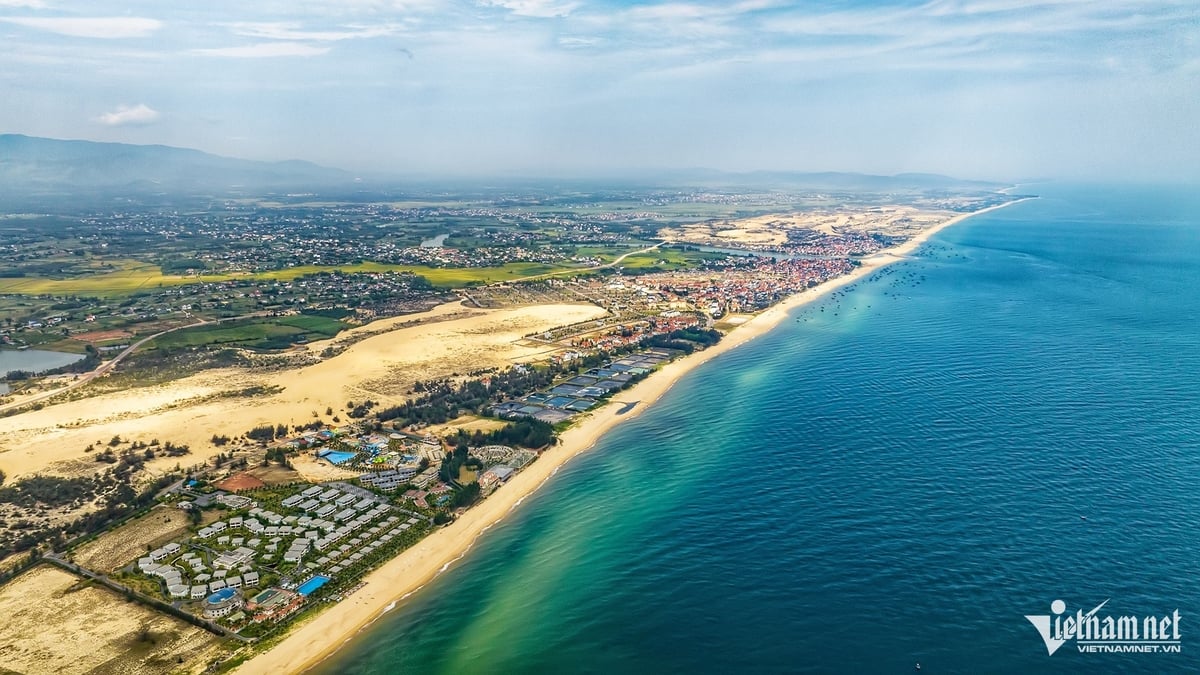


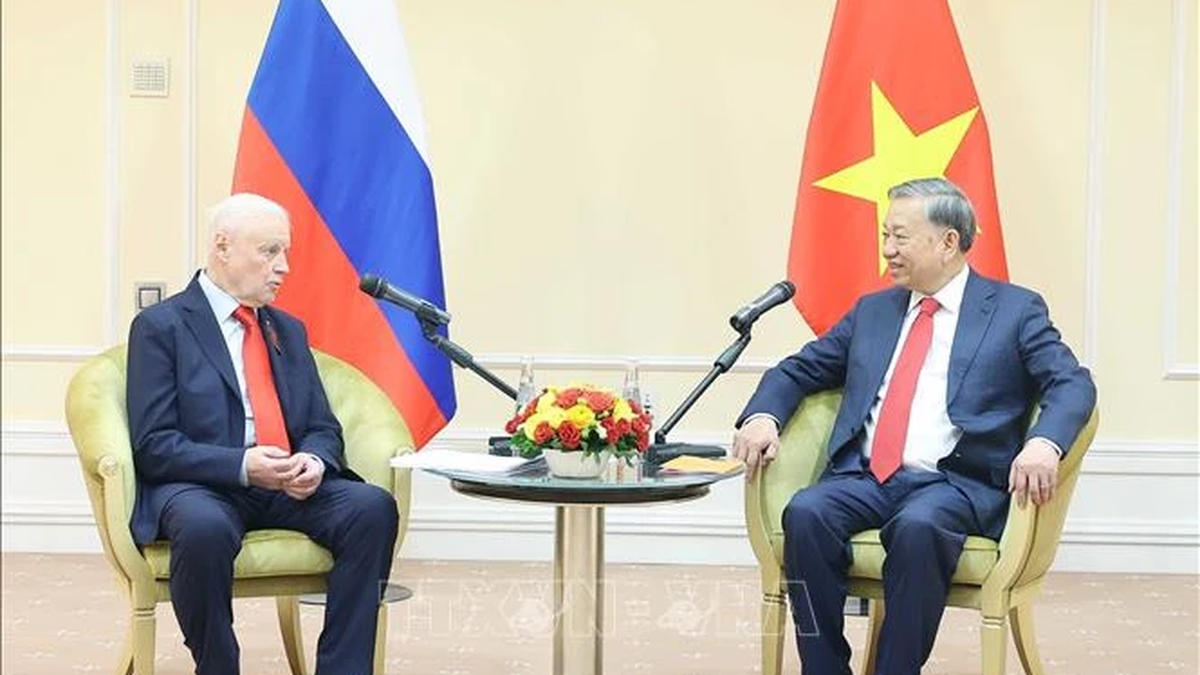
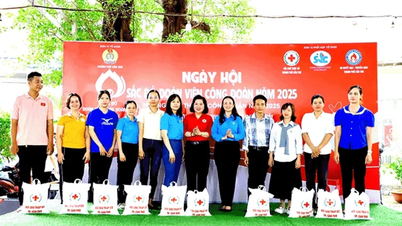

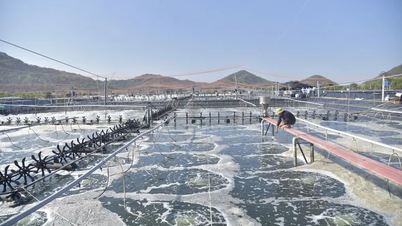
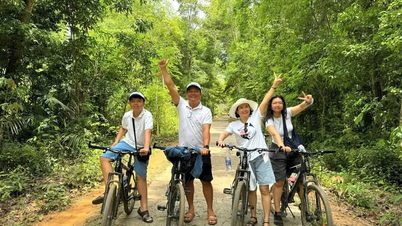
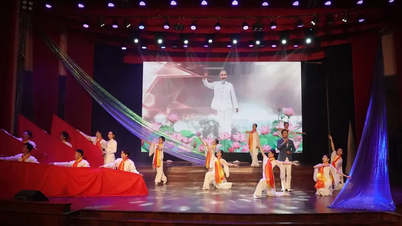
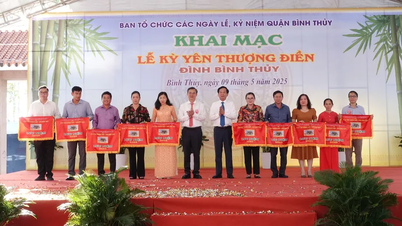




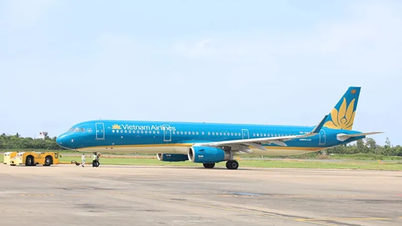

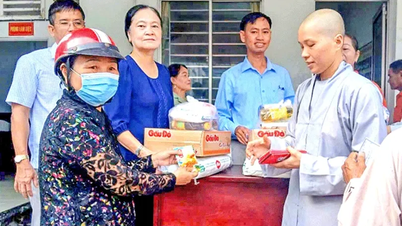
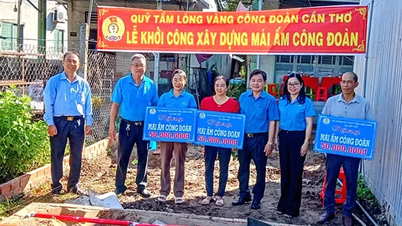

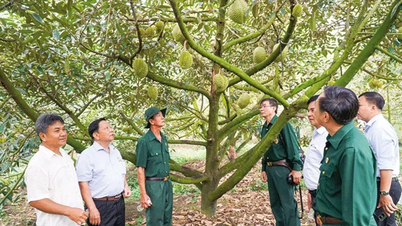
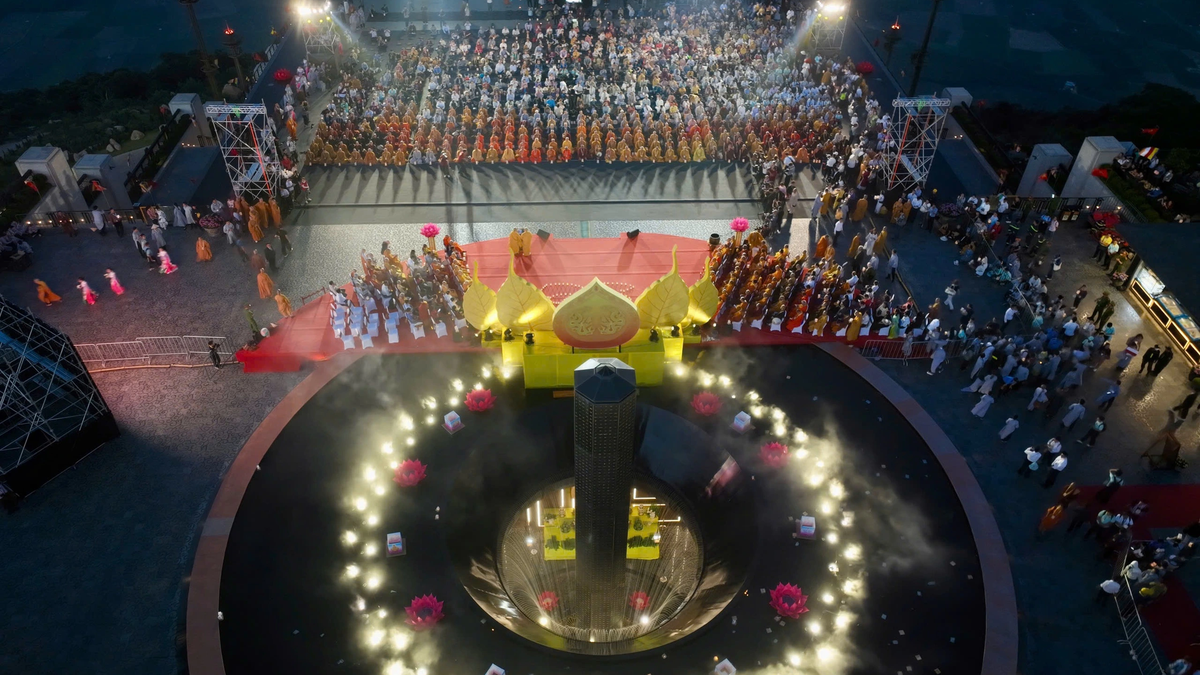






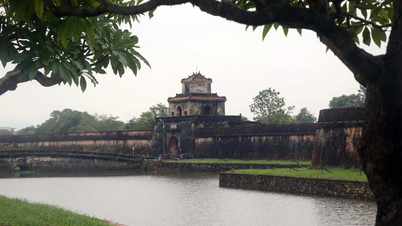

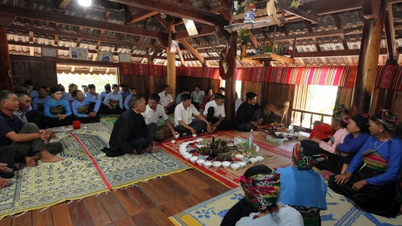







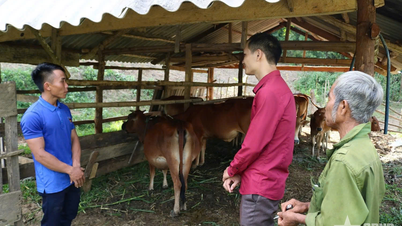

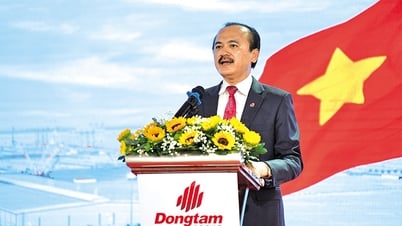

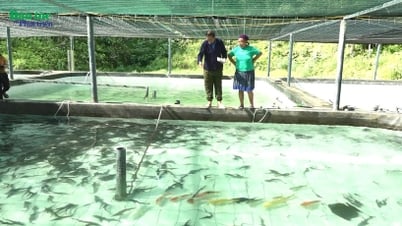
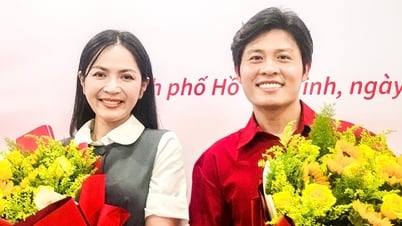









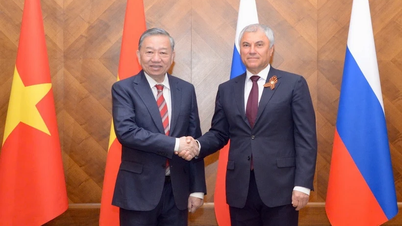





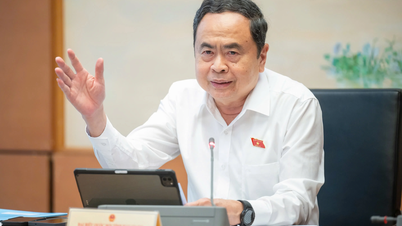
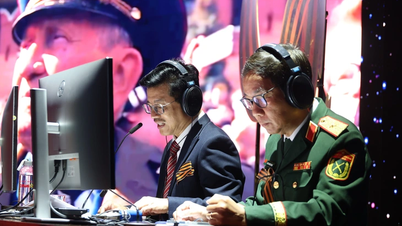









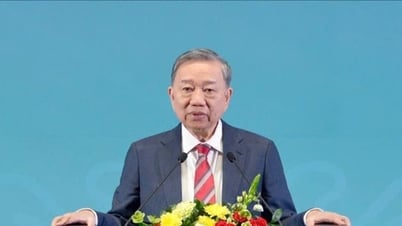

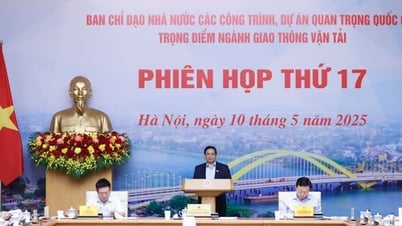

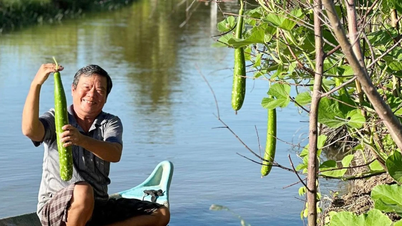

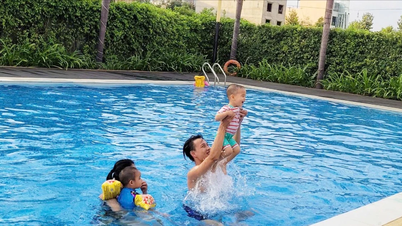
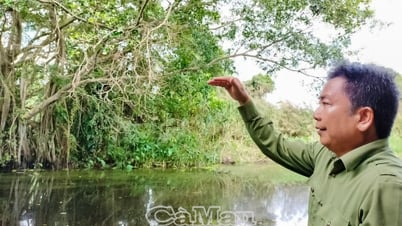












Comment (0)